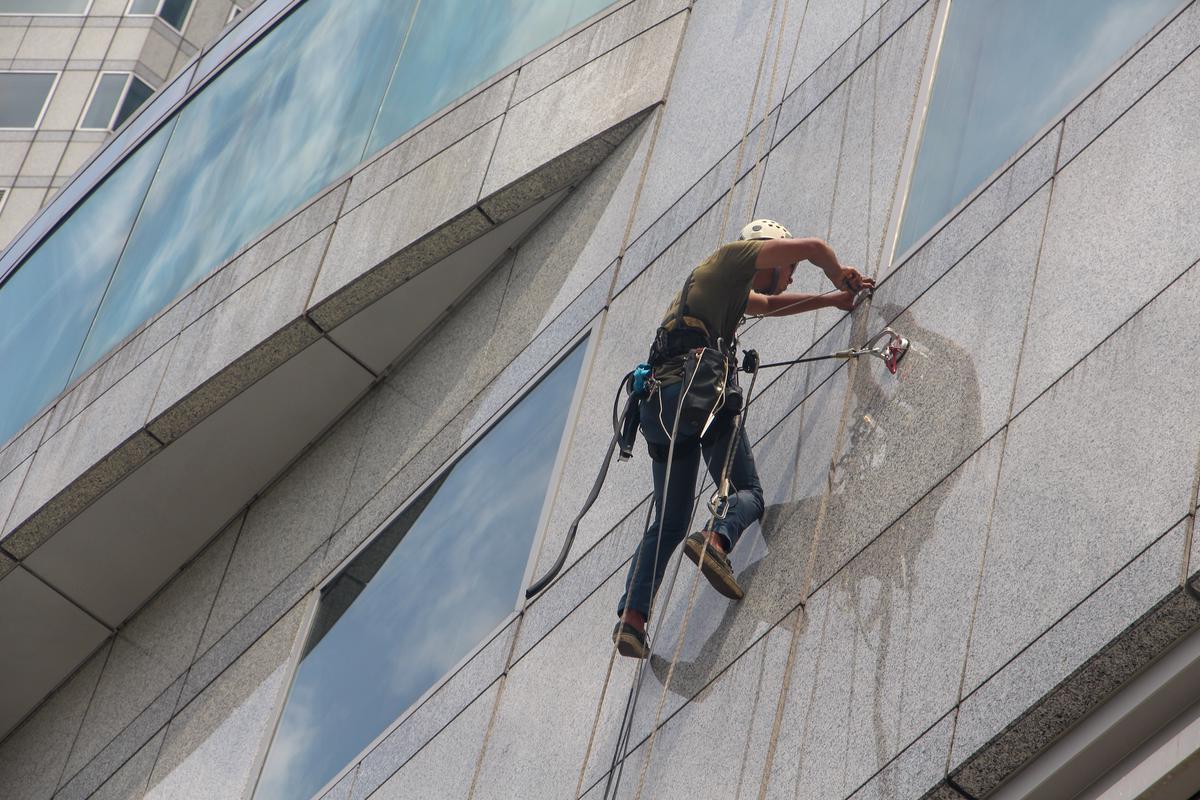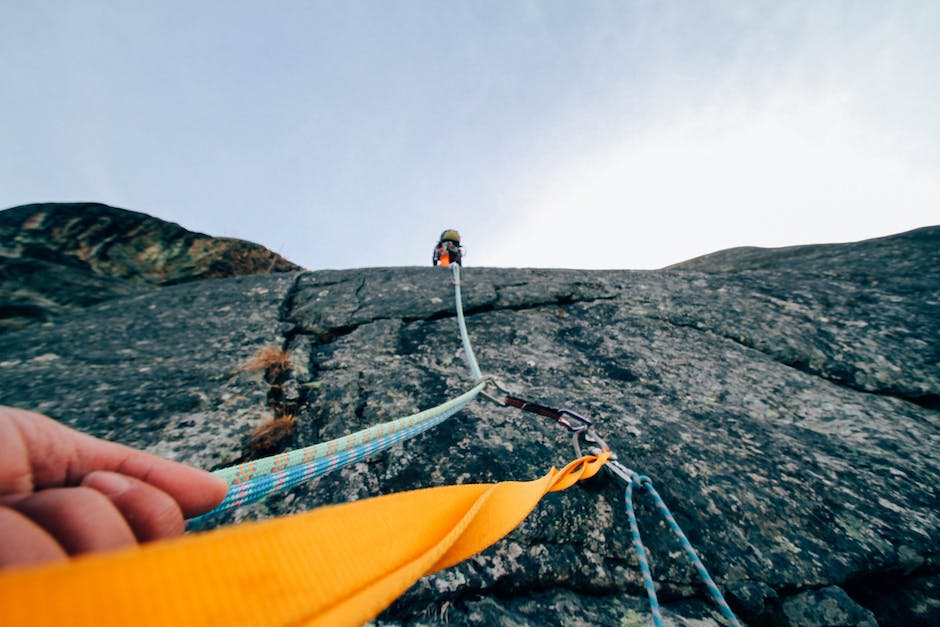Intro to Rock Climbing
Rock climbing is a rewarding, exhilarating sport that presents unique physical and mental challenges. While it’s known for its adventurous aspect, it primarily demands keen knowledge and understanding of its many facets. The sport utilizes various types of equipment—carabiners, harnesses, helmets, and climbing shoes, each designed to enhance safety and performance. These tools need to be understood fully, not just in terms of their uses, but also in the safety practices involved in their utilization. Beyond equipment comprehension, mastering climbing techniques is an integral part of a climber’s journey. Techniques such as secure knot and tie formation, accurate hand and foot placements, and the art of belaying require practiced proficiency. Furthermore, recognizing the vital importance of safety measures can make the difference between a cherished hobby and a dangerous venture. Being well-versed in safety signs, climber etiquette, and emergency handling ability can literally save lives.
Equipment Understanding⌗
Essentials of Rock Climbing Gear: A Guide for Beginners⌗
As the exhilarating world of rock climbing unfolds its excitement, it is imperative not to overlook the crucial role proper gear plays in each ascent. Success in this vertical adventure isn’t just about strength or technique; equally significant is the assurance of safety and reliable equipment. Ready to embark on this thrilling journey and scale those breathtaking heights? Here’s the fundamental gear needed to meet the exciting challenges of rock climbing.
-
Climbing Shoes: The fantastic saga of rock climbing commences at the feet. Opt for specialized climbing shoes that offer optimum grip, support, and comfort to initiate the journey right. Remember, a good climbing shoe is akin to a second skin; it fits tightly, but never hampers movement or causes discomfort.
-
Harness: A bridge between the climber and the climbing rope, a harness is undeniably paramount. This seemingly simple piece of gear is tailored to withstand considerable force, protect the climber, and facilitate movement. It typically consists of a waistbelt, two leg loops, and a belay loop. For a beginner, an adjustable and versatile harness would prove an apt choice.
-
Climbing Helmets: The unanticipated does occur; hence, securing the head with a durable climbing helmet is a must. Whether it shields from falling debris or safeguards during a tumble, a helmet can be a lifesaver. Consider one that is lightweight, comfortable, and complies with safety standards.
-
Belay Devices: This quintessential gear aids in controlling a rope during belaying. A belay device exhibits remarkable versatility, from providing a secure descent to serving as a braking mechanism in case of a fall. The tube-style and assisted-braking belay devices are ideal for starters.
-
Climbing Ropes: The lifeline in a rock climbing venture is undeniably the climbing rope. Reinforced to withstand harsh conditions and rough handling, a rope should be dynamic and durable. A beginner-level climber might want to consider a rope between 30 to 50 meters long, with a diameter in the 9.5 to 10mm range.
-
Chalk and Chalk Bags: The importance of chalk in maintaining optimal grip can’t be overstated. These carbonate compounds absorb sweat, promote a better hold, and minimize slippage. Accompanying chalks, we have chalk bags that facilitate easy access and prevent spillage. Go ahead and choose a bag that augments convenience and style.
-
Carabiners and Quickdraws: Fundamentals in connecting ropes, harnesses, and belay devices, carabiners are widely used in climbing setups. They come in both locking and non-locking types. Quickdraws, which are two carabiners connected by a fabric sling, are employed to navigate through protection points.
Embarking on a rock climbing journey with this expert-chosen gear means confidently embracing the sport while affirming safety. Each piece has been crafted to the highest standards to provide the essential mix of functionality, security, and adventure. With this essential gear, every beginner climber can smoothly transition from ground to gravity-defying ascents, all the way up to touching the sky!

Climbing Techniques⌗
Forging the Path: Core Rock Climbing Techniques for Beginners⌗
If you’ve already immersed yourself in the world of rock climbing equipment, it won’t be long before you’ll want to tackle those formidable boulders with newfound confidence. Now, the thrilling part begins: understanding the essential rock climbing skills that will not only test your might but also transform you into a seasoned climber.
-
Setting Your Sights - Route Reading:⌗
Climbers don’t tackle inclines blindly; one must develop the crucial skill of route reading. This requires studying the rock face thoroughly to identify feasible paths upwards. Spotting natural footholds, handholds, and collaboratively creating a ‘route’ in your mind is essential to successful climbing.
-
Maneuverability - Body Positioning:⌗
You won’t make it far without knowing how to position your body effectively. This involves everything from distributing your body weight to aligning your center of gravity. Remember - successful climbing is more about brawn than it is about brute strength. Keeping your body close to the wall and letting your legs do most of the work will serve you better in the long run.
-
A Firm Footing - Footwork:⌗
When it comes to footwork, precision and strategy are paramount. Skilled climbers use a technique called ’edging’ to maximize their shoe’s surface area for a secure foothold. Alternatively, ‘smearing’ is a technique where climbers rely on the rubber’s stickiness of their shoe to make upward progress on smoother surfaces.
-
Above All - Handholds and Grip:⌗
Finding solid handholds and mastering firm but relaxed grips can be the difference between slipping and climbing. Over-gripping can result in quick fatigue, while an unstable grip could spell disaster. Experiment and figure out what grip strength works best for you.
-
Dangling with Grace - Belaying:⌗
Given rock climbing is often a duo activity, knowing how to belay is crucial. This technique ensures climbers can safely descend or hang from their climbing rope, facilitated by their partner’s control. Both communication and trust bear considerable weight here.
-
The Lifeline - Knot Tying:⌗
It might sound elementary, but the ability to tie secure knots is one of the most essential rock climbing techniques one must master. The commonly used knot types include the figure-eight retrace knot and the bowline.
-
Safeguarding Progress - Lead Climbing:⌗
Once comfortable with the basics, the dynamic art of lead climbing is the next step. This technique involves proactively clipping your rope into quickdraws attached to the wall as you ascend. While demanding, this skill offers greater freedom, making it worth the invested time and effort.
Remember, every climb teaches you something new - a humbling reminder of nature’s grandeur and our resilience as explorers. So here’s to setting your sights high and scaling new heights with every challenge that beckons. All the best, rockstar!

Safety Measures⌗
Safety Measures After the Gear: Further Provisions in Rock Climbing
While equipping yourself correctly is the first step, rock climbing safety isn’t limited to harnesses and helmets. Taking precautionary actions extends beyond just donning the right gear, like a superbly fitting pair of climbing shoes or a reliable belay device. One needs to adopt strategies that ensure safety during the entire climbing expedition. This involves everything from carefully selecting your climbing site to developing solid communication methods with your climbing partner.
Choosing a rock-climbing site isn’t just about the thrill that a particular rock face promises. Instead, make your choice depending on the current weather conditions and the predicted forecast. Wet rocks can drastically increase the risk of slips and falls. Likewise, extreme temperatures can have an adverse effect on a climber’s performance, and the integrity of the rock face. If you’re an indoor climbing aficionado venturing outdoors, avoid making challenging sites your launchpad. Instead, choose beginner-friendly climbing areas initially and gradually move onto complex terrains.
To make the most out of a climbing adventure, knowing about your climbing partner’s abilities and experience level is essential. Develop a strong communication system with your partner, with standard signals and commands. This ensures smooth belaying, efficient climbing, and timely assistance in case of emergencies. Make an agreement on rest times, checking in on each other and ensuring all equipment is grounded.
Moreover, familiarizing yourself with common climbing injuries and basic first aid skills can make all the difference if an unfortunate incident occurs. Basic Wilderness First Aid Courses are available to equip climbers with skills to deal with fractures, dislocations, bleeding, and other conditions that climbers may face.
Lastly, proper hydration and nutrition are often overlooked aspects of a safe climbing experience. Without adequate water and food, one can easily get dehydrated or fatigued, causing a decline in their climbing performance or judgment. Bring along water, energy bars, fruit, or nuts to keep energy levels up.
With all these provisions in place, the rock-climbing adventure can not only be fulfilling but also safe and enjoyable. Remember, the beauty of climbing isn’t just in reaching the top, but in the journey there. Safeguarding that journey is what these extra safety measures are all about. So gear up and ascend those heights, enriched with the confidence that safety isn’t compromised at any step.

Rock climbing is far more than just a physical activity; it’s a multifaceted sport demanding a comprehensive comprehension of equipment usage, climbing techniques, and safety measures. The thrill of this sport lies inherently in its challenges. Making sense of harnesses, helmets, and carabiners can transform your climbing experience. An understanding of the nuanced techniques of climbing can unlock advanced routes and increase performance. Similarly, putting safety measures to the fore while paying heed to climber etiquette ensures not only one’s safety but also that climbing remains accessible and enjoyable for all. In the end, an informed climber is an empowered climber. Understanding these factors, learning, adapting, and implementing lead to the evolution of a responsible and enhanced rock climber, ensuring the real thrill of the sport is preserved, the thrill of overcoming obstacles, pushing boundaries, and reaching new heights.